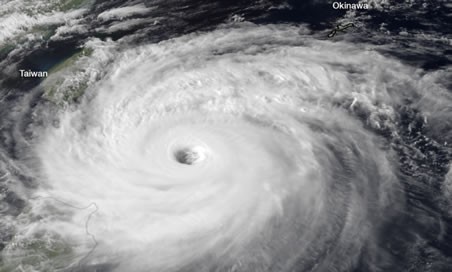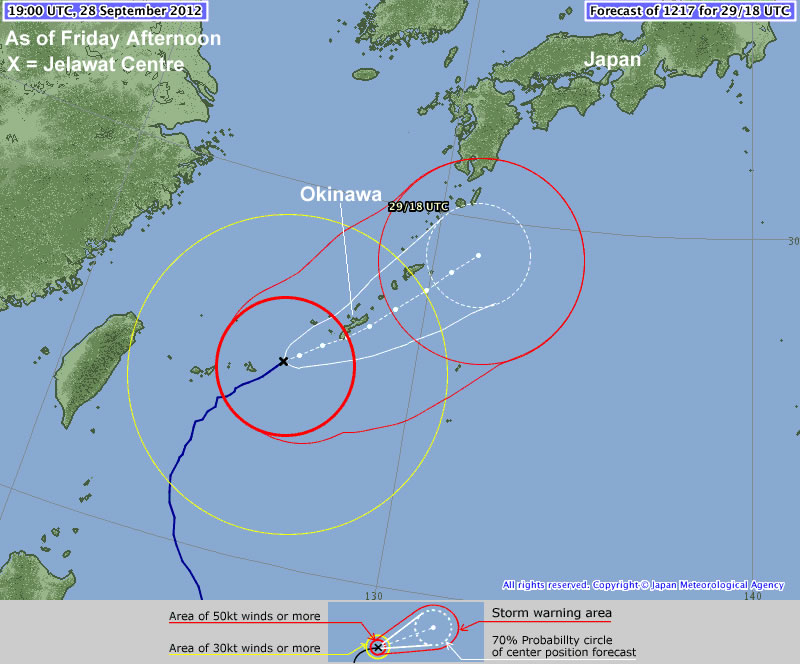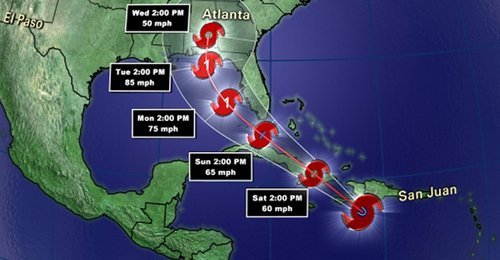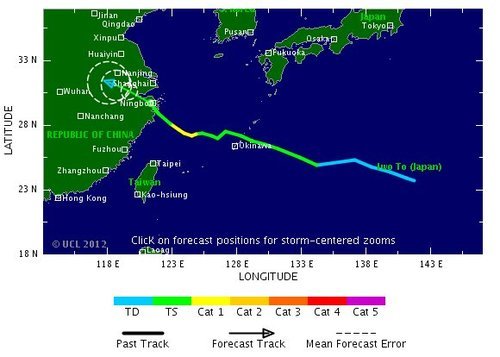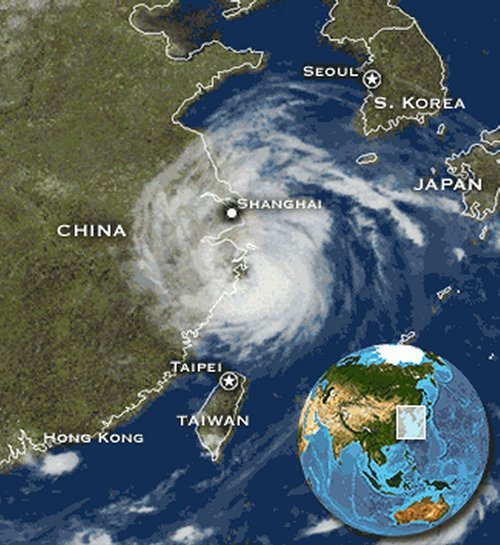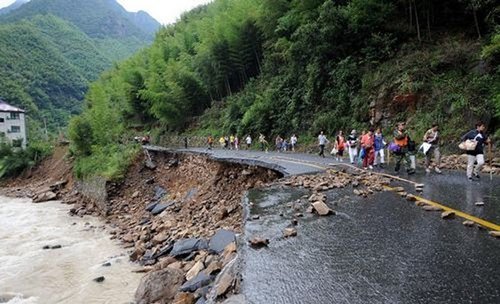Typhoon Bopha Takes Aim at the Philippines
A strong typhoon dubbed Bopha has spun up in the Northwest Pacific Ocean this past week and is taking aim at the Philippines. The typhoon is currently located at 4.5°N which means that it’s still located within the Intertropical Convergence Zone (ITCZ). This is an area north and south of the equator where north-east and south-east winds meet and cause daily convectional thunderstorms. Near the equator, there is little Coriolis effect which would explain why tropical cyclones rarely form (lack of spin). Since Bopha will move towards the west north-west, it will hold together. If it were moving towards the equator, it would be less likely that it would maintain form.
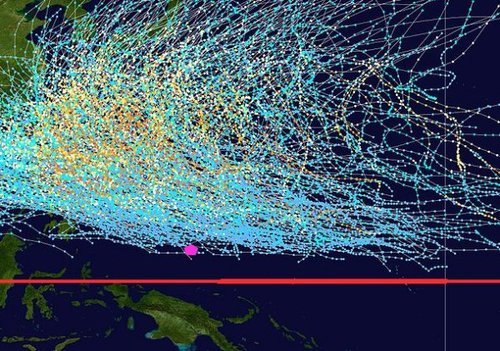
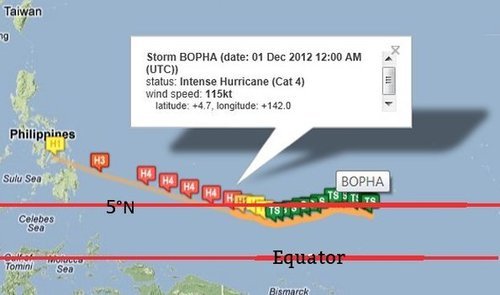
It’s expected that Bopha will strike south of Manila and likely make landfall on the Island of Samar on early on Monday, December 4th. It is likely to be a violent typhoon, bringing severe storm surge, copious amounts of rain to areas that are prone to mudslides and flooding. Winds will almost certainly be a problem as it’s predicted that Bopha will make landfall as a category 3, accompanied by winds around 200km/h. As of Friday evening the storm already had a central pressure of 965mb with sustained winds near 200km/h. On Friday evening, it was quickly intensifying with very cold cloud tops around its centre and a well-defined eye was starting to develop.
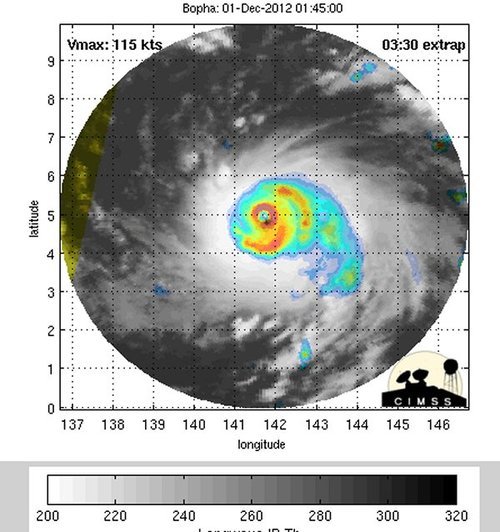
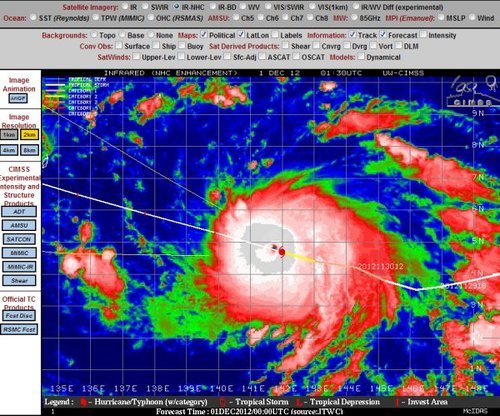
On average, the Philippine Islands see an average of 9 hurricanes make landfall annually, with 1-2 usually developing in the month of December. Their peak season for typhoon activity runs at about the same time as the Atlantic Hurricane Season, though it’s not unusual to see typhoons in that area after November 30th.
